Advanced Driver Assistance Systems (ADAS) are transforming the automotive industry by enhancing vehicle safety and paving the way for autonomous driving. At the heart of these systems lies the Printed Circuit Board (PCB), a critical component that ensures seamless operation of sensors, cameras, and control units. But how are these complex boards assembled to meet the stringent demands of automotive applications? In this comprehensive guide, we explore the intricate world of ADAS PCB assembly, covering key processes like SMT assembly for automotive, reflow soldering techniques, wave soldering for ADAS, and automated optical inspection (AOI). Whether you're an engineer or a tech enthusiast, this blog will provide actionable insights into the assembly methods that power modern vehicles.
What is ADAS PCB Assembly?
ADAS PCB assembly refers to the process of designing and manufacturing printed circuit boards specifically for Advanced Driver Assistance Systems. These systems include features like adaptive cruise control, lane departure warnings, and automatic emergency braking, all of which rely on high-performance electronics. The assembly process must ensure precision, reliability, and durability to withstand the harsh conditions of automotive environments, such as temperature fluctuations, vibrations, and moisture.
The assembly of PCBs for ADAS involves several specialized techniques to mount components, solder connections, and inspect the final product for defects. Given the safety-critical nature of these systems, there is no room for error. Let's dive into the key processes that make up ADAS PCB assembly and understand why each step is crucial for automotive applications.
The Importance of Precision in ADAS PCB Assembly
In automotive applications, precision is non-negotiable. ADAS PCBs often handle high-frequency signals for radar and LiDAR systems, requiring tight impedance control, typically within ±10% of the target value (e.g., 50 ohms for many high-speed designs). Even a slight deviation can lead to signal loss or interference, compromising the system's performance. Moreover, these boards must operate reliably across a wide temperature range, often from -40°C to 85°C, as specified by automotive standards like AEC-Q100.
The assembly process must also account for the compact nature of ADAS modules, which often require densely populated boards with components as small as 0201 (0.6mm x 0.3mm) packages. This demands advanced equipment and meticulous process control to ensure every component is placed and soldered accurately.
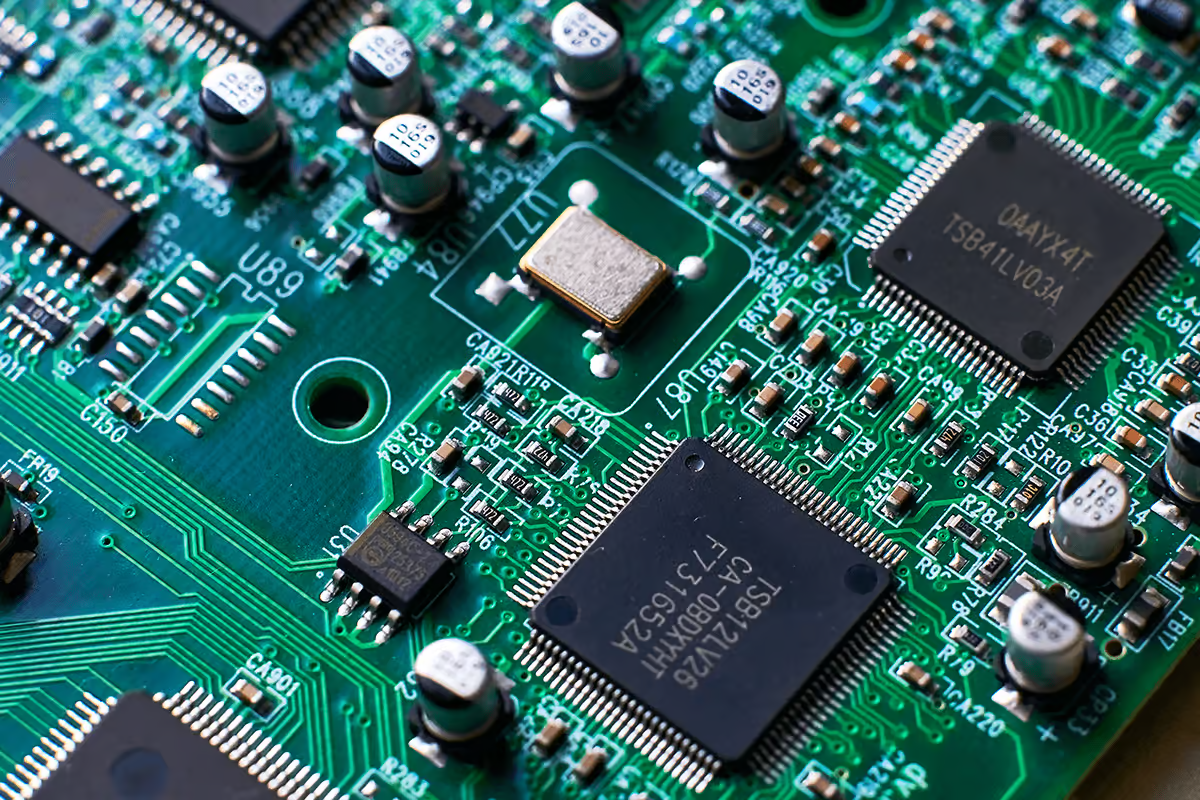
Key Processes in ADAS PCB Assembly
1. SMT Assembly for Automotive Applications
Surface Mount Technology (SMT) is the cornerstone of modern PCB assembly, especially for automotive ADAS systems. SMT assembly for automotive involves placing surface-mount components directly onto the PCB's surface using automated pick-and-place machines. This method is ideal for the small, lightweight components used in ADAS, such as microcontrollers, sensors, and resistors.
The SMT process begins with applying solder paste to the PCB using a stencil. This paste acts as an adhesive to hold components in place before soldering. High-precision machines then place components at speeds of up to 100,000 components per hour, ensuring accuracy down to 0.01mm. This level of precision is critical for ADAS boards, where even a minor misalignment can disrupt signal integrity.
Automotive SMT assembly also requires materials that meet strict reliability standards. For instance, lead-free solder paste with a melting point of around 217°C is often used to comply with environmental regulations like RoHS while ensuring strong bonds that withstand thermal cycling.
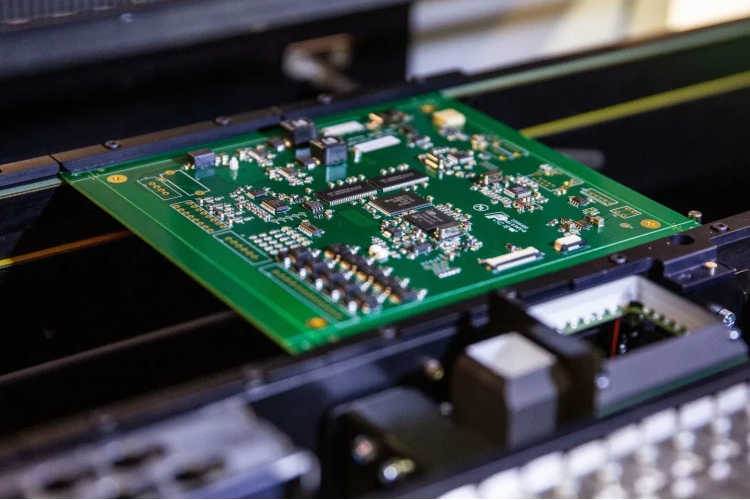
2. Reflow Soldering Techniques for ADAS PCBs
Once components are placed on the PCB, reflow soldering techniques are used to create permanent electrical connections. Reflow soldering involves heating the PCB in a controlled oven to melt the solder paste, allowing it to form solid joints between components and the board. This process is particularly suited for SMT components and is widely used in ADAS PCB assembly.
The reflow process typically follows a thermal profile with four stages: preheat, soak, reflow, and cooling. During the preheat stage, the board is gradually heated to around 150°C to activate the flux in the solder paste and prevent thermal shock. The soak stage, at about 180°C, ensures even temperature distribution. In the reflow stage, temperatures peak at 240-260°C for a short duration (typically 20-40 seconds) to melt the solder. Finally, the cooling stage solidifies the joints at a controlled rate to avoid defects like cracks.
For ADAS applications, reflow soldering must be optimized to prevent issues like tombstoning (where components lift on one side) or voiding (air pockets in solder joints). Advanced ovens with multiple heating zones and real-time temperature monitoring are often used to achieve consistent results, ensuring the reliability of critical connections in systems like collision detection sensors.
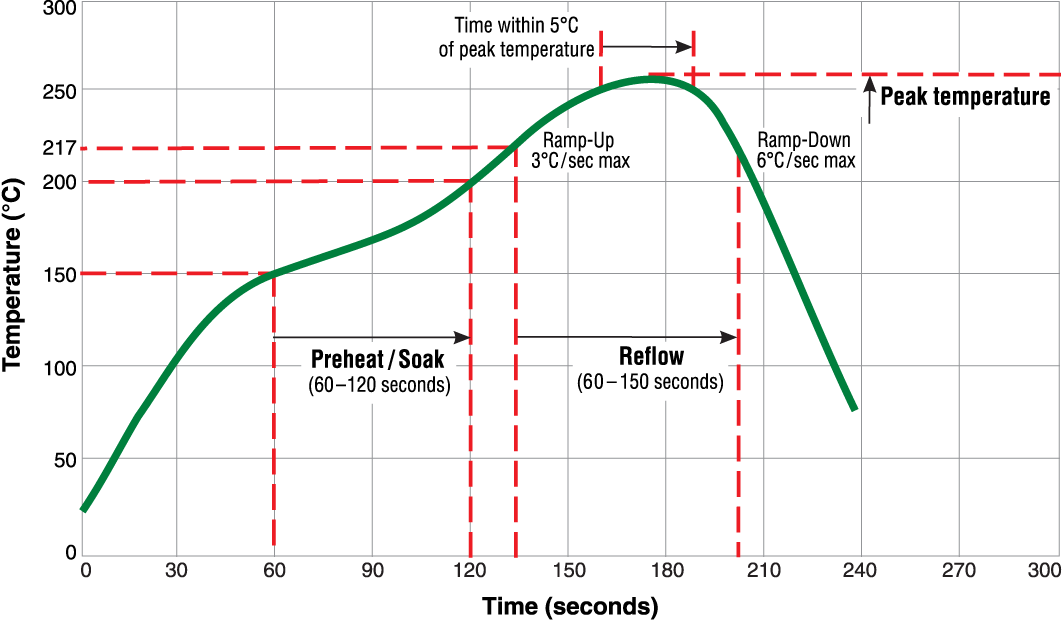
3. Wave Soldering for ADAS Components
While SMT dominates modern PCB assembly, wave soldering for ADAS is still relevant for through-hole components, which are sometimes used in power circuits or connectors on ADAS boards. Wave soldering involves passing the PCB over a wave of molten solder, typically at 260°C, to create strong joints for components with leads inserted through holes in the board.
In ADAS PCB assembly, wave soldering is often used for mixed-technology boards that combine SMT and through-hole components. The process is fast and cost-effective for bulk production, making it suitable for high-volume automotive manufacturing. However, it requires careful control to avoid issues like solder bridging, where excess solder creates unintended connections between pads.
To ensure reliability, wave soldering for ADAS often uses selective soldering machines that target specific areas of the board, minimizing thermal stress on sensitive SMT components. Additionally, the solder alloy must meet automotive standards, often a tin-silver-copper (SAC) blend, to ensure durability under vibration and thermal stress.
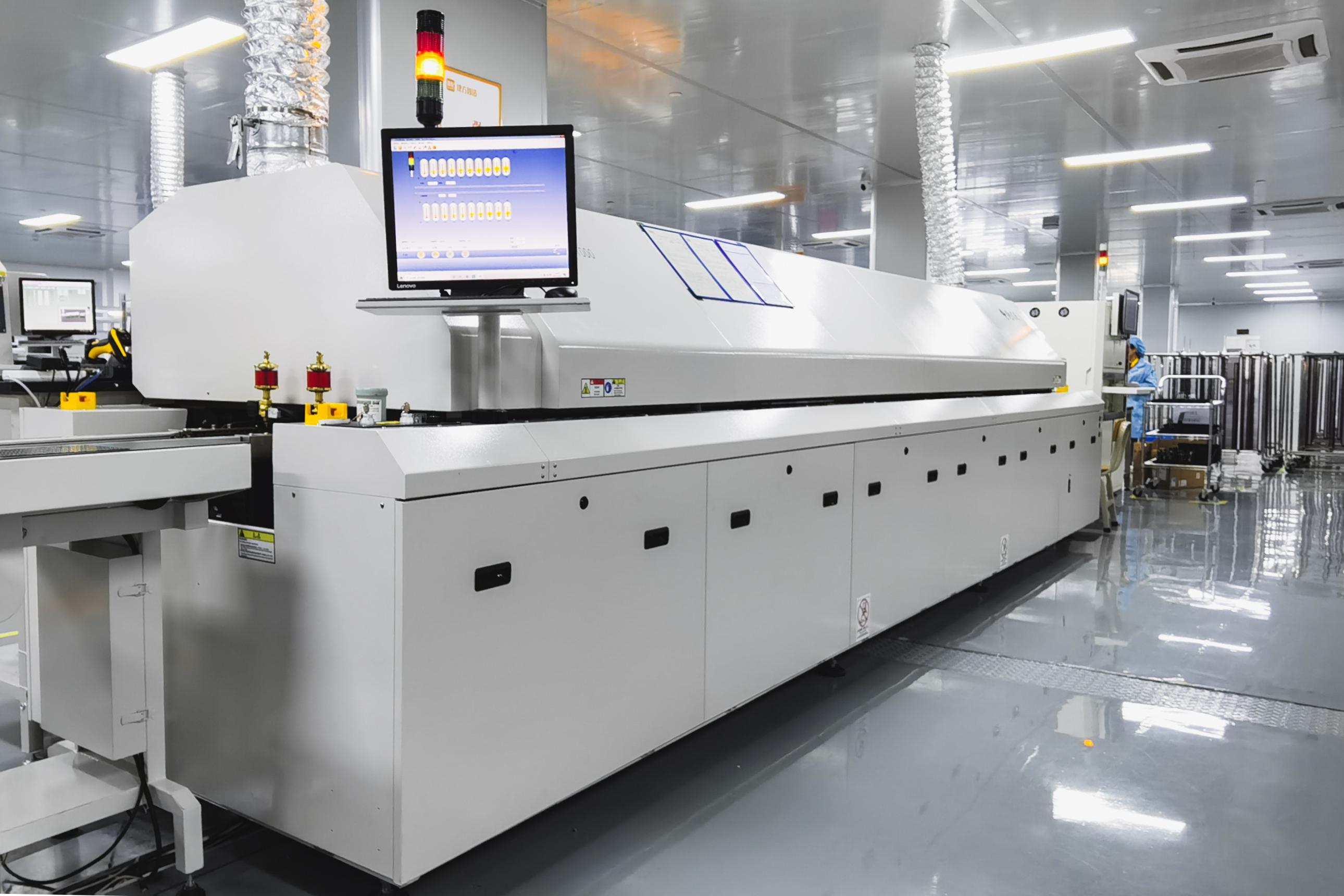
4. Automated Optical Inspection (AOI) in ADAS Assembly
Quality control is paramount in ADAS PCB assembly, and Automated Optical Inspection (AOI) plays a vital role in ensuring defect-free boards. AOI uses high-resolution cameras and advanced software to scan the PCB for issues like misaligned components, missing parts, or soldering defects. This non-contact inspection method is fast and highly accurate, capable of detecting flaws as small as 0.05mm.
In the context of ADAS, AOI is critical because even a single defective connection can lead to system failure, compromising vehicle safety. For example, a poorly soldered joint on a radar module could result in inaccurate distance measurements, endangering lives. AOI systems are programmed to compare the assembled PCB against a digital "golden board" image, flagging any deviations for further inspection or repair.
Modern AOI systems also incorporate 3D imaging to assess solder joint height and volume, ensuring they meet specifications (e.g., a minimum solder fillet height of 0.2mm for reliability). By integrating AOI into the production line, manufacturers can achieve near-zero defect rates, a necessity for automotive-grade electronics.
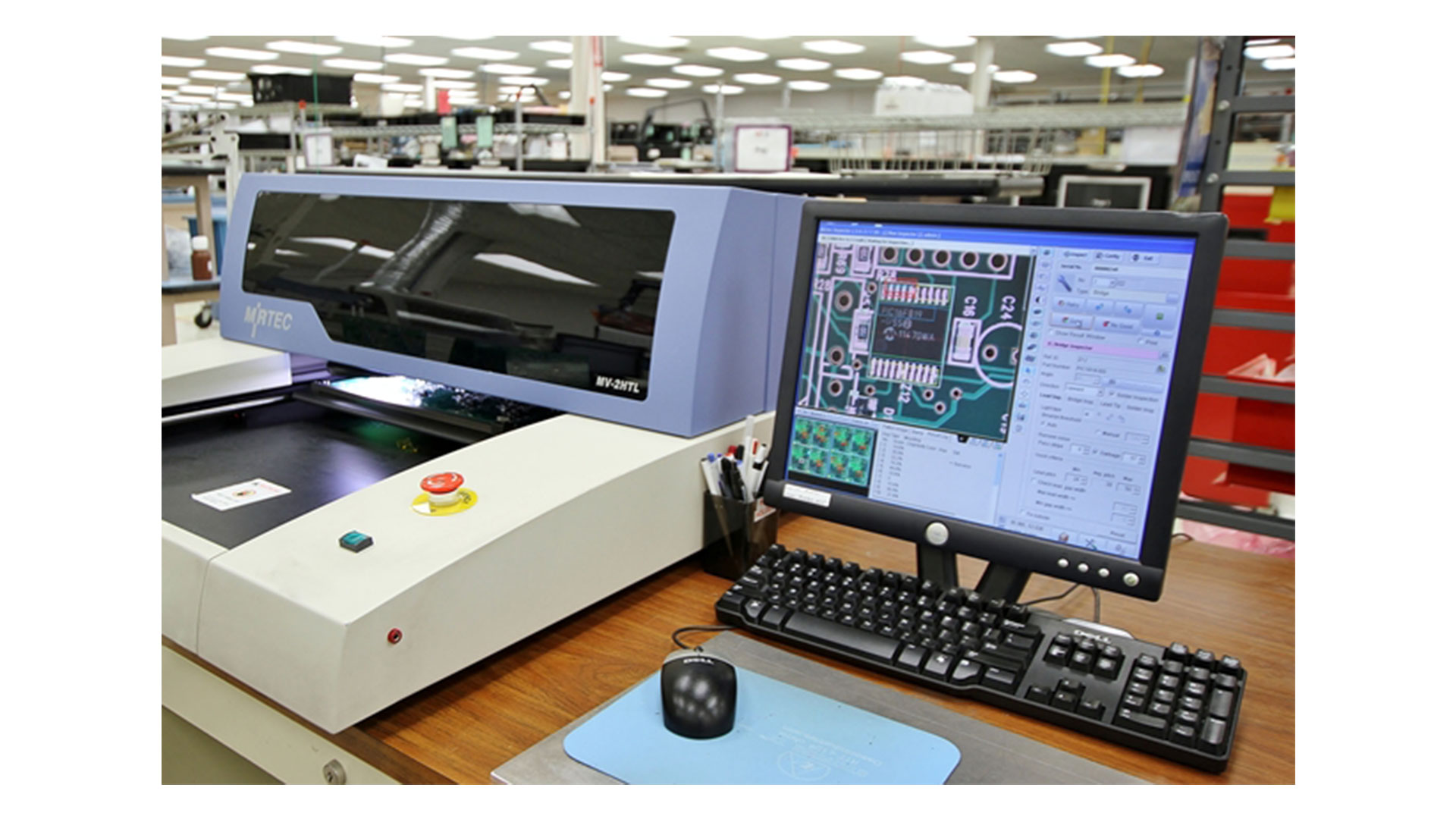
Challenges in ADAS PCB Assembly
Assembling PCBs for ADAS is not without its challenges. The high-density layouts required for compact modules increase the risk of signal crosstalk, necessitating precise layer stack-ups and controlled impedance. Additionally, the automotive environment demands robust designs that resist moisture, dust, and mechanical stress, often requiring conformal coatings or potting after assembly.
Thermal management is another concern, as ADAS components like processors can generate significant heat. Assembly processes must account for heat dissipation, often integrating thermal vias or heat sinks during design and ensuring soldering does not introduce thermal stress points.
Finally, compliance with automotive standards like ISO 26262 (functional safety) adds complexity to the assembly process. Every step, from component selection to final inspection, must be documented and traceable to ensure the system meets safety integrity levels (ASIL).
Best Practices for High-Quality ADAS PCB Assembly
To achieve reliable ADAS PCB assembly, manufacturers follow several best practices:
- Design for Manufacturability (DFM): Optimize PCB layouts to minimize assembly risks, such as ensuring adequate spacing (e.g., 0.1mm minimum) between pads for soldering.
- Material Selection: Use high-reliability materials, such as FR-4 laminates with a glass transition temperature (Tg) of 170°C or higher, to withstand automotive conditions.
- Process Control: Implement strict controls during SMT placement and soldering, monitoring parameters like temperature and alignment in real-time.
- Comprehensive Testing: Beyond AOI, conduct in-circuit testing (ICT) and functional testing to verify performance under simulated automotive conditions.
- Traceability: Maintain detailed records of every assembly step to ensure compliance with industry standards and facilitate root-cause analysis if issues arise.
Why Partner with Experts for ADAS PCB Assembly?
Given the complexity and critical nature of ADAS systems, partnering with experienced PCB assembly providers is essential. Experts in automotive electronics bring specialized equipment, industry knowledge, and adherence to standards that ensure high-quality outcomes. From advanced SMT assembly for automotive to precise reflow soldering techniques and thorough AOI, a trusted partner can streamline production while minimizing risks.
Moreover, experienced providers stay updated on evolving automotive requirements, such as the shift toward higher-frequency signals for 5G-enabled ADAS or the integration of AI chips. This expertise translates into PCBs that not only meet current needs but are also future-proofed for emerging technologies.
Conclusion
ADAS PCB assembly is a sophisticated process that demands precision, reliability, and strict adherence to automotive standards. From SMT assembly for automotive to reflow soldering techniques, wave soldering for ADAS, and automated optical inspection (AOI), each step plays a vital role in creating the electronics that power life-saving systems. By understanding these processes and implementing best practices, manufacturers can deliver high-quality PCBs that ensure the safety and performance of modern vehicles.
Whether you're designing the next generation of ADAS or seeking to optimize your assembly process, mastering these techniques is key to staying ahead in the fast-evolving automotive industry. With the right approach and expertise, the journey from concept to a fully assembled ADAS PCB can be seamless and successful.
 ALLPCB
ALLPCB







